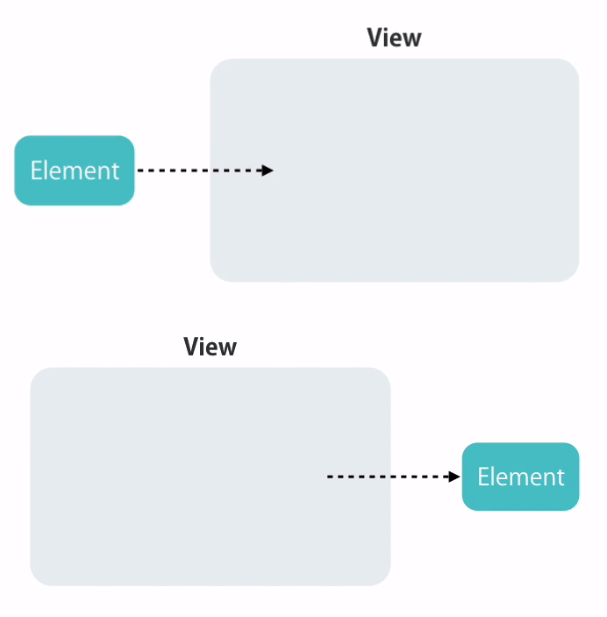

For instance, let’s assume you’re animating images from unknown sources, you can use the wildcard approach to define its height during transitions or in a particular state. In special cases, you might not know how large a particular object can be before animating it in. You define the styles inline with the transition.

You can also add styles during transitions, but they’re not kept around after the transition finishes. Or use the shorter hand syntax if two transitions have the same timing transition('inative active', animate('100ms ease-out')) transition('inative => active, active => inactive', animate('100ms ease-out')) If multiple transitions have the same timing, you can combine them into the same transition definition. In effect, you're defining what styles the element has in different states.Īfter you define states, you can define transitions between the states to control the timing of switching between one state to the other. They are applied to the element once it has transitioned to that state, and stay as long as it remains in that state. These state definitions specify the end styles of each state. You could compute to test if a person is older than 18 based on the year his birthday data is showing to determine if a particular button should be disabled or enabled. It could be a simple attribute or based on a computed value based on a method. An animation state can be anything, a string or boolean that defines a particular state. Setup.īefore you can use animations, you need to import a few animation-specific modules to your root application.Īngular animations are centered around states and transitions.
ANGULAR ANIMATIONS CODE
This lets you integrate your animation logic with the rest of the code for easier control. This means you’ll have to change an element’s style, like a button from red to blue, or enlarge the element to dominate space.Īngular makes it easy for you to provide the illusion of motion through user interaction and also in response to changes in the application state. Other times you might want to create a toggle button, where a user can switch between two states or multiple states and you’d want to visually notify the user of this state change. When designing complex web applications, you might want to change a button’s look depending on a particular state of the application, say, when a user is following or isn’t following another. We’ve come a long way from seeing something almost familiar to the gif above on our screens to our current gorgeous GUIs that give us the power to construct some serious motion illusions, animations.Ī webpage is constructed using HTML code and styled using CSS rules while JavaScript handles interactions. Getting familiar with animations in Angular.


 0 kommentar(er)
0 kommentar(er)
